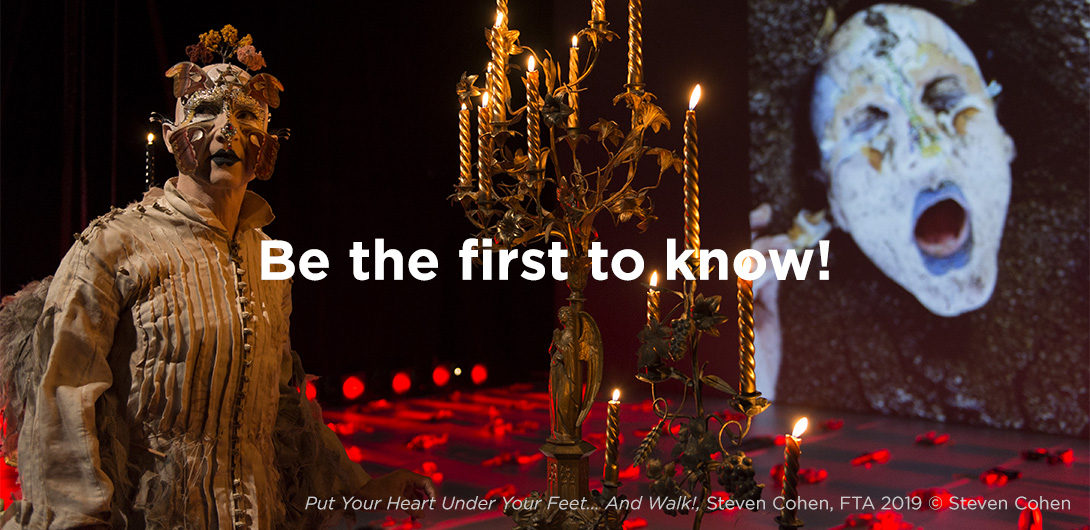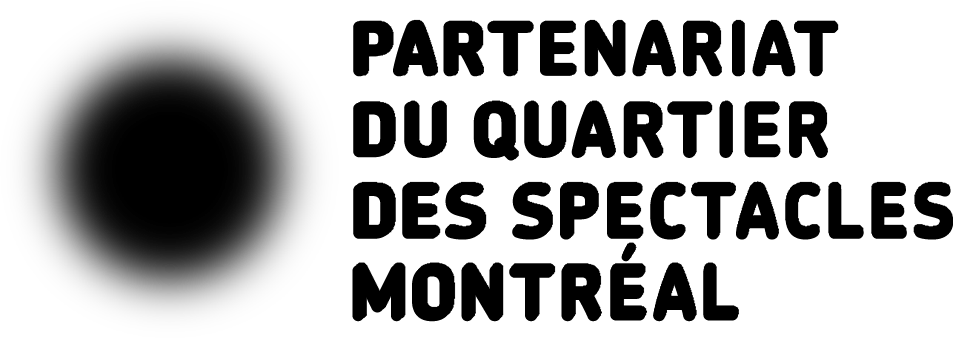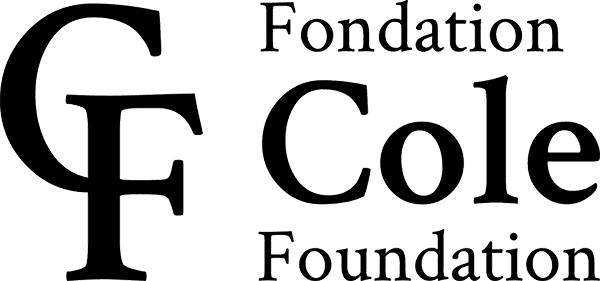Altamira 2042 is part of the Riverbank Project, which aims to share testimonies of the catastrophes being suffered by Brazil’s rivers. What was the genesis of the project?
The Riverbank Project was conceived as an artistic response to what is called the Anthropocene. The first project was about the Araguaia River and the women who fought and died along its banks. It aimed to create artistic gestures based on listening to the testimonies of the men and women who live on the riverside and were excluded from the economic, social, and cultural processes seeking to exploit the waterway. The theatrical approach was more traditional, with a central theme and a historical focus. The project then changed in the course of my research and work and the relationships I formed with the people and land of Altamira. It became a project about language. I like to think that the river, the forest, and the entities or people who live there have a language that we need to learn or create together.
When creating Altamira 2042, I was introduced to thinkers of the forest, including Davi Kopenawa Yanomami, a shaman who wrote a very important book, The Falling Sky. My partner Eryk Rocha and I are making a documentary about this book, which was fundamental to my process in Altamira, as well as my meeting with Raimunda Gomes da Silva, the woman of the river whose voice we hear during the performance. It was through my relationships with these people that I understood it was possible to hear testimonies of the river.
You’re giving voices to things that we don’t hear?
I like to think that, first and foremost, I’m giving ears to those who have lost the old knowledge of listening to all the different entities that share worlds with us. The specific culture into which we—white women and white men—are born is rooted in western culture and enables us to hear only those who are similar to us. We need to recover the ability to hear beings who are different from us. Some contemporary Indigenous people think and create without losing this skill. With Altamira 2042, I wanted to give people ears to hear these people, these beings, who have voices and have been crying out for so many years that our way of life and system are leading all of us toward catastrophe.
The performance combines advanced technology with a spiritual element that partakes of shamanism. Does this mixture come naturally to you?
What may seem very different or contradictory to others does not seem so to me, because I know that spirituality and the practicing of it, which leads to hearing living beings, is a technology that’s much more sophisticated than our interactions on a computer—a form of technology that’s much more fragile than what a shaman is capable of doing. Thinkers in the fields of biology, spirituality, philosophy, and art today have observed non-human entities—notably mushrooms—and realized that they have mastered advanced technology.
One particular segment of humanity had the arrogance to consider itself the sole owner of knowledge, but we’re living in a dramatic and exciting moment in our history where this way of thinking is seen as outdated and no longer relevant. We’re witnessing a return to listening to the languages that the shaman shares with us: dances, dreams, and chants that are full of wisdom. I’m not saying that Indigenous peoples have no problems or contradictions, but in their lives, they have a connection to all other beings. They offer the world other possibilities for dealing with the geopolitical problems we’re experiencing, and we should listen to them.
Do you want to invite people to wage a war against capitalism inspired by Indigenous thinking, which promotes life instead of destruction?
It’s a war between the “alienindigenous” and progressives. Progressives are still living with the idea of progress and of humanity conquering creation. They have a western understanding of science and view the economy as the most important thing on Earth. These people want us to believe that the cake will keep getting bigger and that it will be shared equally by everyone, which will never happen. They think that a river can be harnessed to produce energy, they believe that Indigenous peoples must become “civilized,” that everything which exists is there to make human life better. The notion of “alienindigenous” needs to be conceptualized.
During the performance, I need people to help me define this concept, which pairs two contradictory words: “Indigenous” people are those who belong to the land, while “aliens” are those who come from elsewhere. This implies the notion that we can all become Indigenous, even if we come from elsewhere, if we change our relationship to the land, if we stop behaving like strangers with our own planet.
This new identity is developed with the audience. It’s important for me that the performance creates a ritual that’s shared with a community, that we act together, because no one can bring the system down or break a dam on their own. We need to become engaged. I don’t want people to come just to sit down and watch with a passive attitude. I want them to work together, because that’s what we have to do.
How did you choose the objects that appear on the stage (glowing speakers, cables, USB sticks)?
The instruction we gave ourselves was that we could only bring what we had with us during the fieldwork into the rehearsal studio. The objects we used were everywhere in Altamira, a city near the Amazon River which is very different from what you’d imagine. You can see the forest nearby, but the city is treeless and very dry, hot, and noisy. There are many cars and motorbikes. Everything changed very fast with the arrival of the dam project. Altamira quickly became the most violent city in Brazil. Women are sexually assaulted; the homicide rate and suicide rate among young people are extremely high. Corporations came and invested, then everyone left again, leaving the city to fend for itself.
Glowing speakers that resemble animals and USB keys can be found throughout the city, as well as the surrounding area. The Indigenous people discovered that they could record the chanting of the shaman on USB sticks, and the practice spread among them. At the start of the show, all I do is bring forth the voices of the river and the road, using the simple technology of USB sticks.
We worked only with the material that we had: sounds, images, non-human companions. If I want to offer an artistic response to the Anthropocene, I can’t put human beings at the centre of the performance. The light cannot be projected onto me. Instead, the piece is immersed in darkness. Sometimes you can’t see me, or you can’t really see my face, concealed by a speaker, then a projector. The light comes from elsewhere and it’s just as alive as I am. I’m trying to decentre the audience’s attention.










